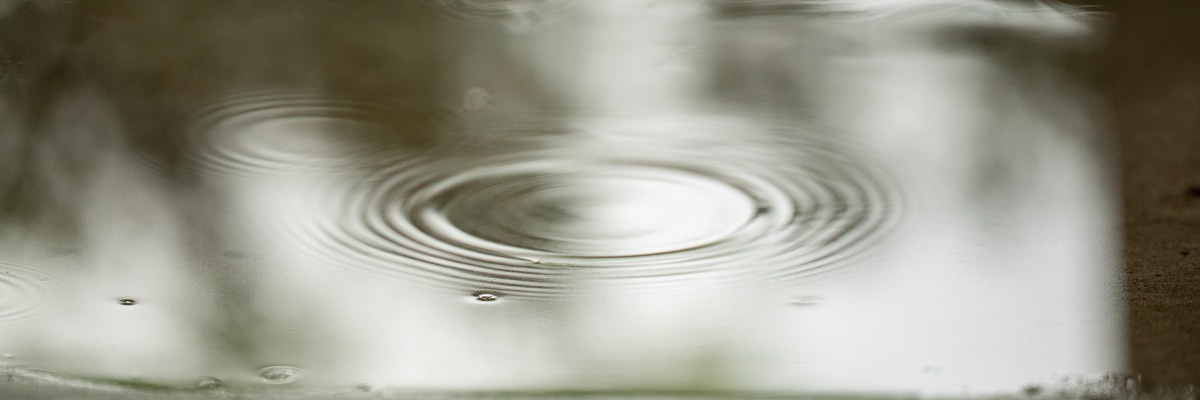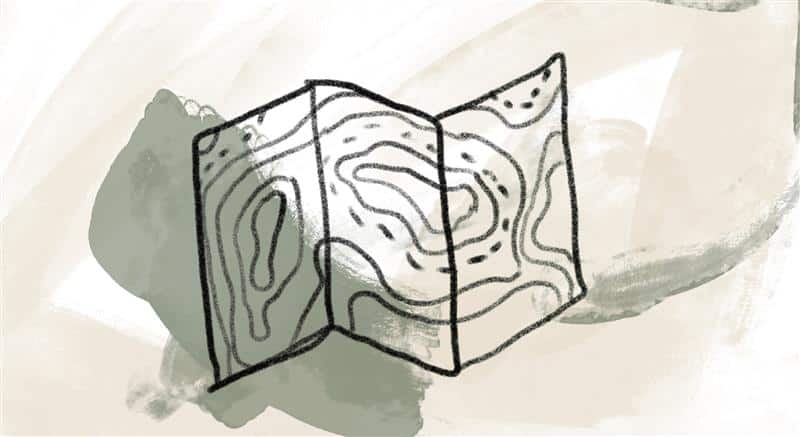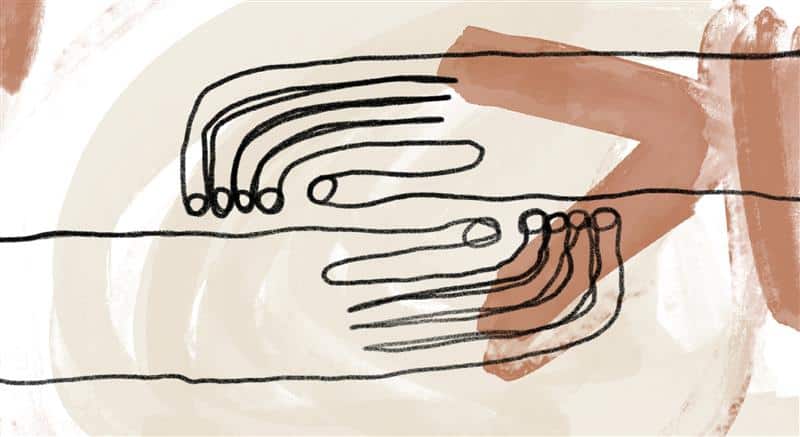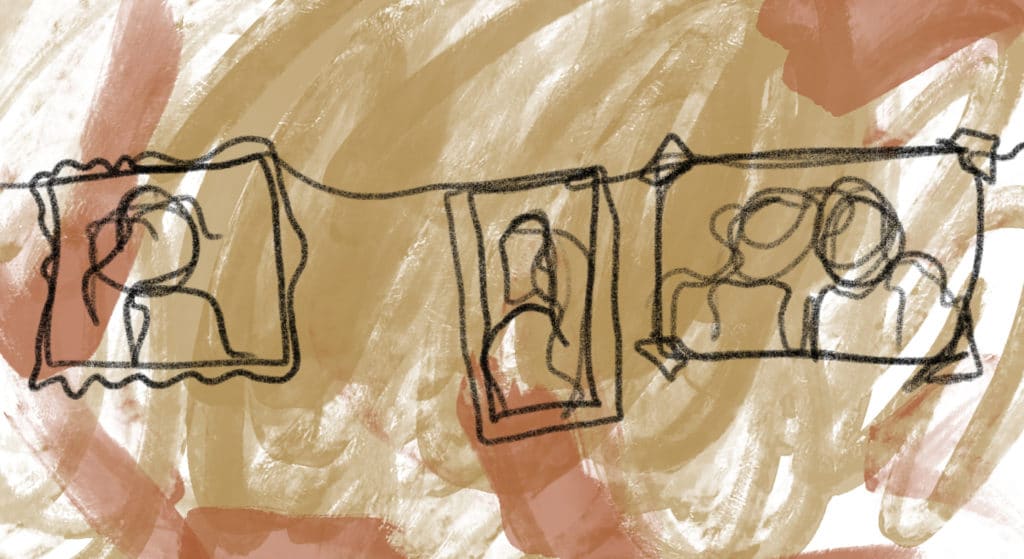
Came to believe that a Power greater than ourselves could restore us to sanity.
—Step 2 of the Twelve Steps
Father Richard considers how the gift of Step 2 can only be received through a full, embodied acceptance of God’s grace:
Step 2 is the necessary longing, delaying, and backsliding that invariably precedes the full-blown leap of faith. It’s wise to use an active verb to describe this step: “came to believe.” The surrender of faith doesn’t happen in one moment; it is an extended journey, a gradual letting go, unlearning, and handing over. No one does it on the first or even second try. Desire and longing must be significantly deepened and broadened.
To finally surrender ourselves to healing, we need to have three spaces opened within us—and all at the same time: our opinionated head, our closed-down heart, and our defensive and defended body. That is the work of spirituality—and it is work. Yes, it is finally the work of “a Power greater than ourselves,” and it will lead to great luminosity and depth of insight.
When all three inner spaces are open and listening together, we can always be present. To be present is to know what we need to know in the moment. To be present to something is to allow the moment, the person, the idea, or the situation to change us.
To keep the mind space open, we need some form of contemplative or meditation practice. One could say that authentic spirituality is invariably a matter of emptying the mind and filling the heart at the same time.
To keep the heart space open, we almost all need some healing in regard to the hurts we’ve carried from the past. We also need to be in right and honest relationship with people, so that others can love us and touch us at deeper levels, and so we can love and touch them. Nothing else opens the heart space in such a positive and ongoing way.
To keep our bodies less defended is also the work of healing past hurts and the many memories that seem to store themselves in the body. The body seems to never stop offering its messages. Fortunately, the body never lies, even though the mind will deceive us constantly. It’s very telling that Jesus usually physically touched people when he healed them. He knew where memory and hurt were lodged: in the body itself.
If we are to come to believe that a Power greater than ourselves can restore us to sanity, then we will come to that belief by developing the capacity for a simple, clear, and uncluttered presence. Those who can be present with head, heart, and body at the same time will always encounter the Presence, whether they call it God or use another word. For the most part, those skills are learned by letting life come at us on its own terms, without resisting the wonderful, underlying Mystery that is everywhere, all the time, and offered.
Reference:
Selected from Richard Rohr, Breathing under Water: Spirituality and the Twelve Steps, 10th anniv. ed. (Cincinnati, OH: Franciscan Media, 2011, 2021), 9, 11, 12, 13, 14.
Image credit and inspiration: Jenna Keiper, drop (detail), 2020, photo, Albuquerque. Click here to enlarge image. Water’s shapes and currents can be confusing. Where is the beauty in being underwater?
Story from Our Community:
I’m an elder of an Indigenous society. Recently, my beloved received a terminal medical diagnosis. Our prayer and contemplative life have become a daily practice of prayer focusing on love, mercy, and gratitude. During this time, I have noticed the importance of being careful with my perspective which feeds my thoughts and leads to words and actions. My attachments, which were disguised as love, have become so clear to me. Through the love of Christ, I began to notice the things in my life that I should grieve for, and what is not worth grieving. I realize that within everything there dwells “that which doesn’t end”—or Love. Great suffering has shown me this truth. I am finally surrendering to the vulnerability of receiving, rather than constantly bartering for more.
—Duncan G.




